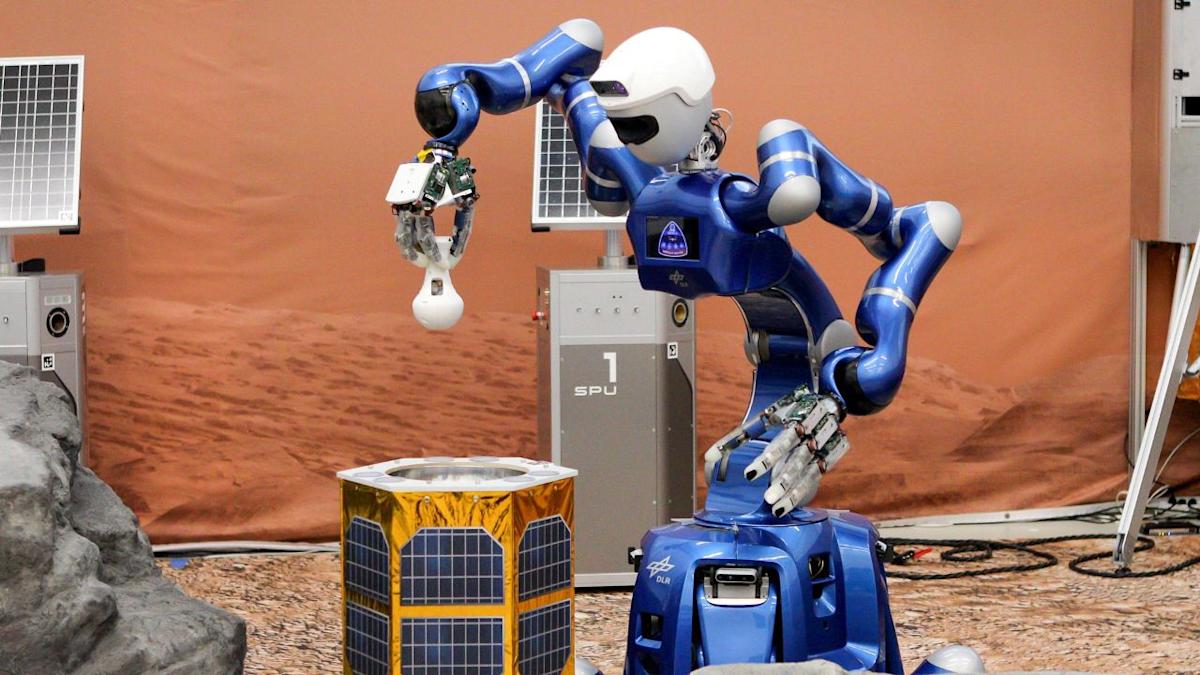Astronaut Remotely Guides Robot Team in Simulated Mars Exploration

A team of four robots, including a dog-like bot named Bert, recently conducted a simulated exploration of Martian terrain, orchestrated remotely by NASA astronaut Jonny Kim while aboard the International Space Station (ISS). The exercise, held at a German facility designed to mimic the surface of Mars, marked the culmination of a series of tests begun in 2022 and aimed at refining robotic mission capabilities for future lunar and Martian endeavors.
In July, Kim remotely commanded Bert and three other robots – DLR’s Spot (a quadrupedal robot), Rollin’ Justin (a humanoid robot), and the Interact rover from the European Space Agency – from Oberpfaffenhofen, near Munich. The operation was supported by the “Neal AI” chatbot, which provided real-time assistance to Kim throughout the mission.
The experiment successfully demonstrated the feasibility of controlling complex robotic teams across vast distances, a crucial capability for long-duration space exploration. According to Alin Albu-Schäffer, director of DLR’s institute of robotics and mechatronics, “We have now achieved all the technical requirements for controlling complex robotic missions on Mars — and for a future permanent lunar research station.”
One notable challenge arose when Bert encountered difficulties maintaining stability with three legs. Kim conducted a specialized “training” session, guiding the robot through various gait patterns until it developed a functional three-legged strategy. Subsequently, the team explored simulated Martian caves featuring formations resembling prehistoric cave art from France. In these confined spaces, Kim switched to manual control, utilizing a joystick to navigate Bert based on its onboard camera feed.
Alongside Bert, Spot proved instrumental in identifying and transporting “sample containers” within the facility, while Rollin’ Justin assisted in loading them onto a simulated Martian lander. In a unique feat, Kim oversaw the first-ever robot-to-robot transfer when Bert was transported aboard Interact.
“By involving an astronaut in microgravity and using relay satellites, we have overcome the technical hurdles involved in the remote control of robots,” noted Thomas Krüger, team lead at ESA’s human-robot interaction lab, adding that these techniques could also benefit NASA’s Gateway lunar space station. Germany is part of the Artemis Accords, a multinational agreement focused on establishing norms for future lunar exploration and potentially extending those principles to Mars missions. The exercise concluded with Kim symbolically “shaking hands” with his German counterparts from orbit.









